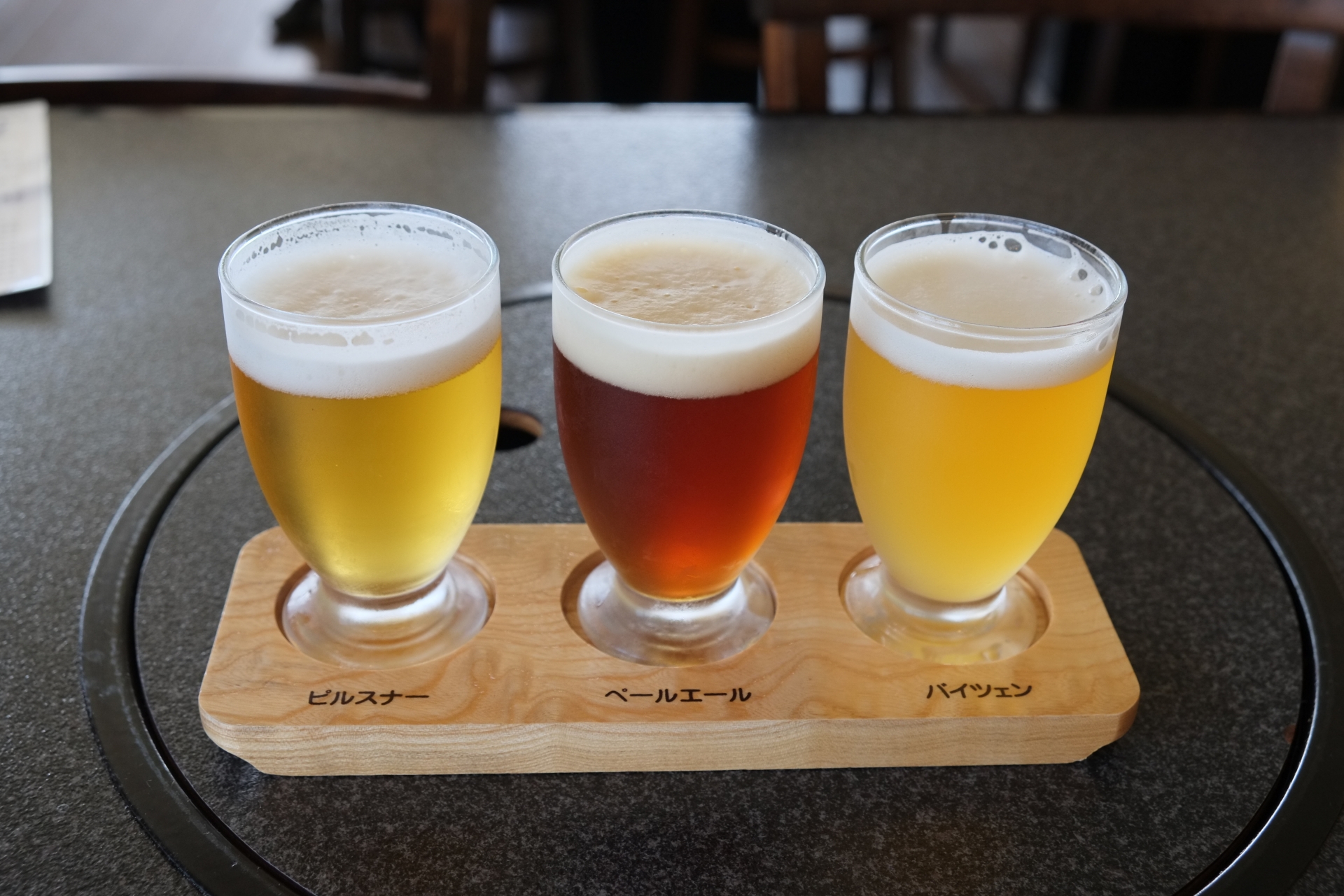Every country has its claims to fame, and also Japan has no lack of things they are known for all over the world. From foods to cultural goods to hobbies and sports; what is Japan famous for?
Let us introduce 20 quintessentially Japanese things!
Get yourself wrapped up in a Kimono with Kimono Rental Wargo
Minimalism
The concept of minimalism originated in Japanese Zen Buddhism and it’s regarded as simplicity is beauty. You will still see many influences of minimalism in Japanese aesthetics, arts. Living simply lets people find what is really important. You can see the beautiful simplicity in traditional arts such as Ikebana and sadou, or the way of tea. Also, many home decoration stores cater to a desire to cut clutter. And we all know declutter guru Marie Kondo, who has built her entire business model around minimalism and is Japanese.

Wabi Sabi
Also rooted in Zen Buddhism is the concept of wabi sabi, which praises the simplicity and small imperfections that actually have a great beauty in them. Perfect things don’t leave some room for imagination, and it is the imperfections that set things apart and tell a story. The fact that all things come and go is also a part of wabi sabi, and it is in this light that we can explain Japan’s obsession with cherry blossoms and their fleeting beauty. Other typical Japanese things where wabi sabi plays a role are the tea ceremony carried out with irregularly shaped ware and kintsugi, a technique in which broken pottery is fixed with gold.
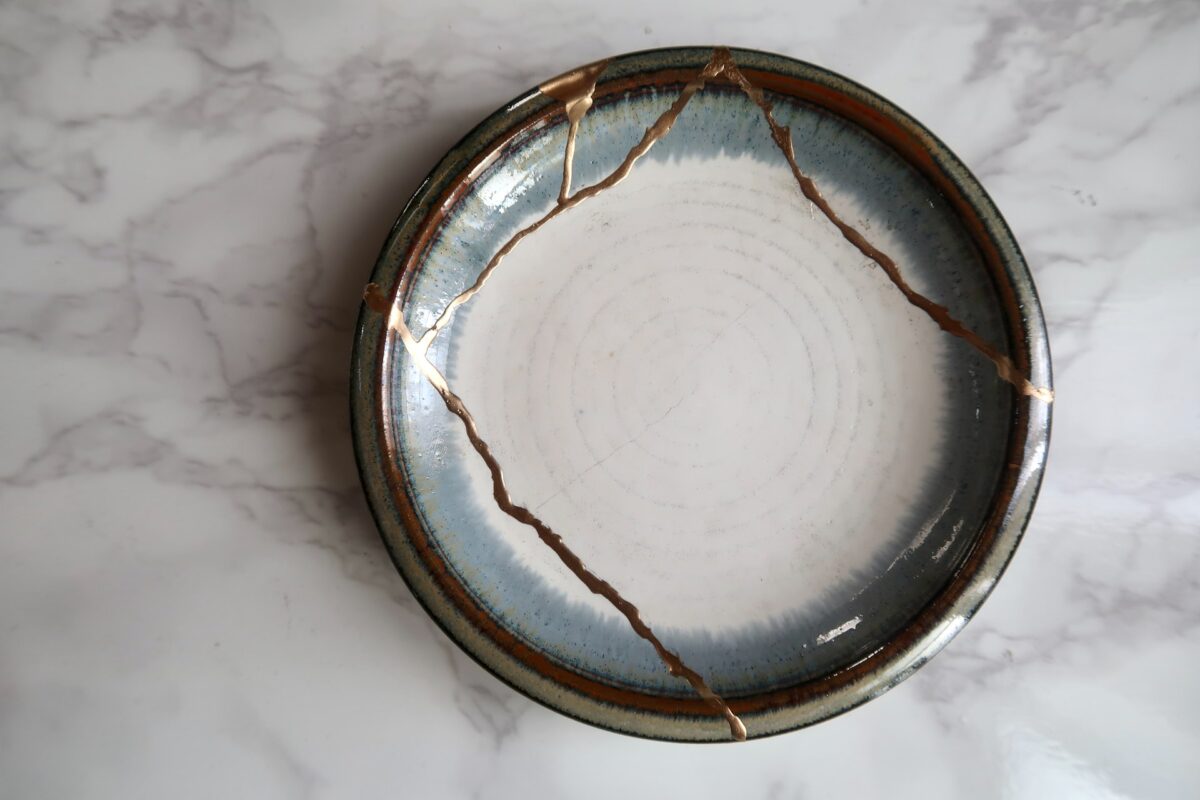
Kawaii Culture
In Japan, beauty standards often involve cuteness as a huge factor. Not only for girls and women, but even for boys and young men being kawaii (cute) is sometimes seen as a major plus. It is especially since the 1970s that the popularity of the modern kawaii concept as we know it today took flight; it was stationary that allowed you to write more finely and precisely, and this is when many Japanese girls started writing this way and decorated their letters with cute little drawings. Commerce soon caught on and started selling all kinds of stuff decorated in a cute way. Eventually, a whole new fashion style that originated in Harajuku gave kawaii style a firm foothold in Japan that continues until today.
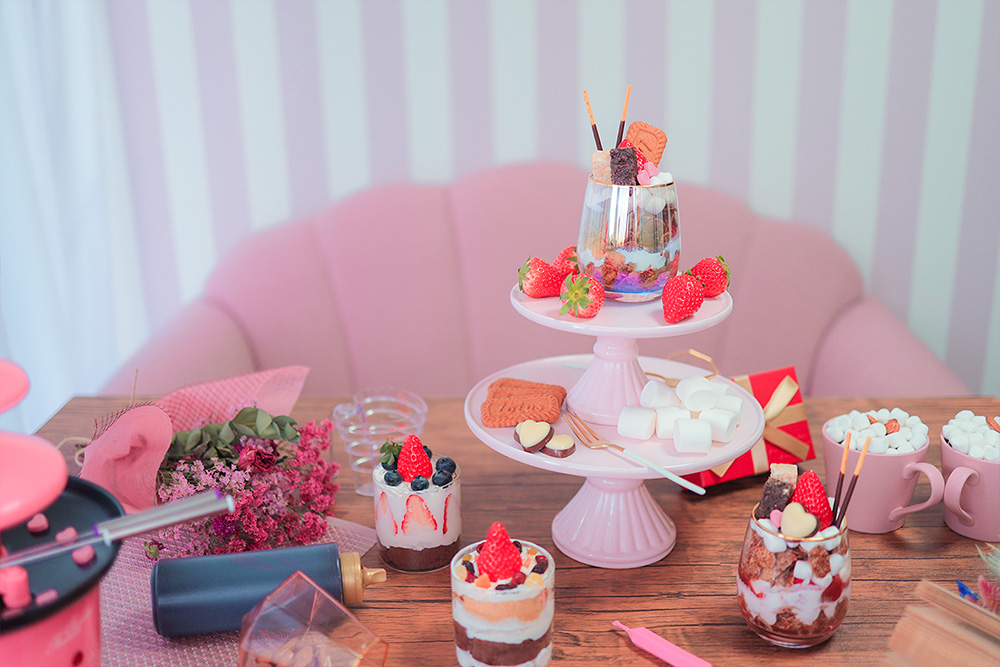
Geisha
Geisha are the performers of some of the most beautiful traditional Japanese arts, and contrary to what many think, they are not prostitutes. Geisha start their studies when they are still young, sometimes as young as 15. The apprentice of geisha is called Maiko. Nowadays, all geisha choose this career because they are interested in it. They live in a house that is owned by a very experienced retired geisha, where they adhere to strict rules and study hard until they are ready to have their own customers. Arts they perform are the tea ceremony, traditional dance, and playing Japanese instruments like the shamisen and koto. They perform in the evening at so-called tea houses that can only be found in certain areas such as Kagurazaka in Tokyo and Gion in Kyoto. Be aware that most tea houses you can’t enter without being introduced, and that such private geisha entertainment comes at a hefty price.
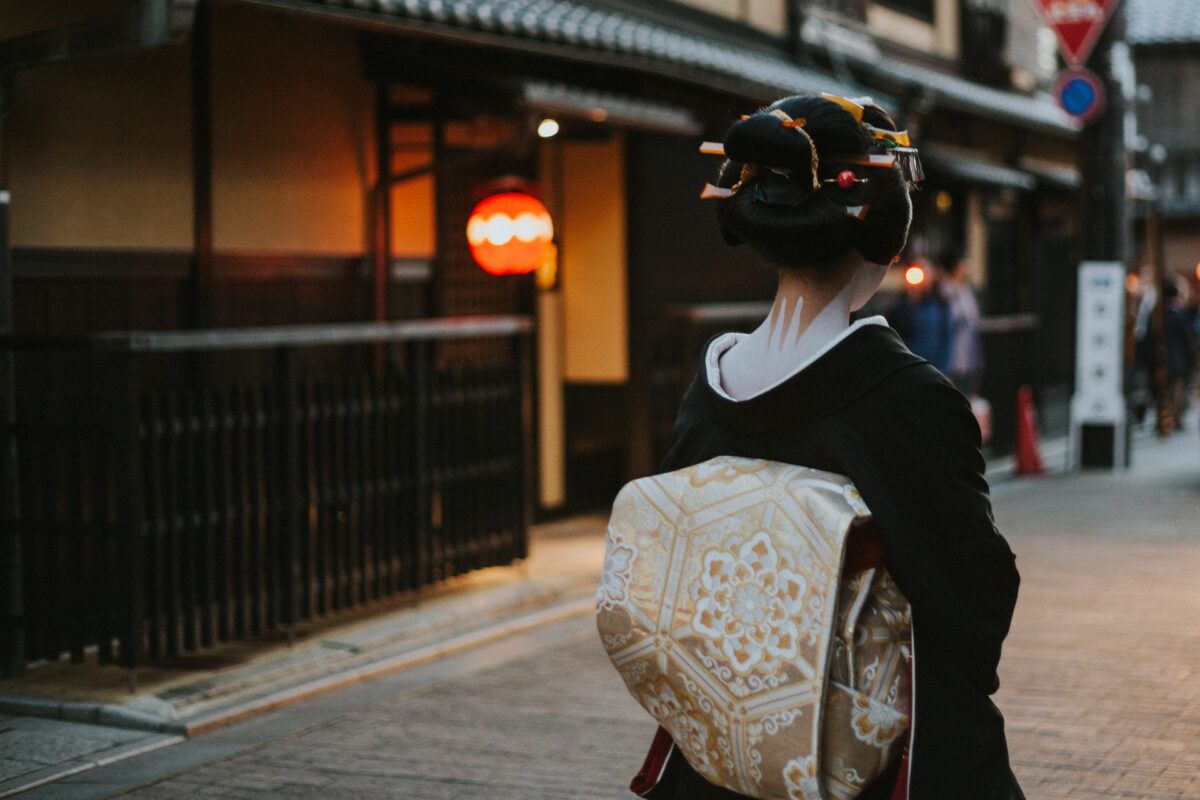
Origami
Who didn’t make little pieces of art with paper in kindergarten? Originally Japanese, origami is the art of folding paper into an animal or other depiction. It has a long history with its roots probably going back to China and to other materials besides paper. Throughout the centuries, people have enjoyed creating something beautiful out of everyday materials. Also today, there is no child in Japan who doesn’t learn how to fold the most famous piece of origami, the crane. Cranes carry strong symbolism, as they stand for longevity and good fortune. You can see these cranes in many places in Japan, specifically at places related to remembering what happened in Hiroshima and Nagasaki in 1945, as origami cranes became synonymous with recovering after the bombings when a sad story came out.
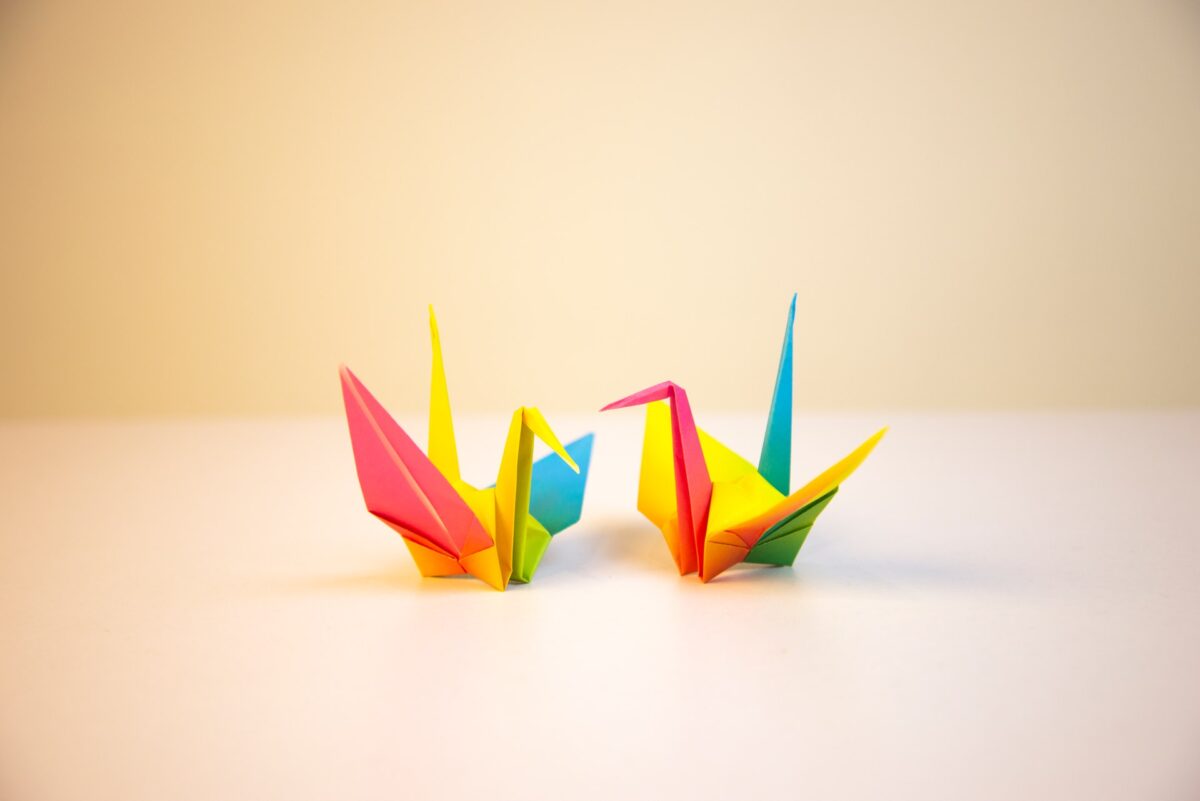
Tea Ceremony
Zen Buddhism truly had a great impact on the development of Japanese culture, as also the tea ceremony has its roots there. Together with Zen Buddhism, tea was brought to Japan from China in the 12th century and the drink became popular among monks. Different tea masters have influenced the way tea ceremonies are carried out today over the centuries. Important concepts in the ceremony are harmony, respect, and tranquility, and a slight dash of wabi sabi. Every movement that is carried out counts, and no energy shall be wasted. It is almost like choreography is carried out and beautiful and calming to watch. If you are a participant, you will also enjoy a crisp cup of matcha tea and a wagashi sweet.

Samurai and Ninja
The warriors and spies of Japan’s feudal past have since made it into popular culture not only in Japan, but also in the rest of the world. That’s no wonder, as they appeal to the imagination. While there are no real-life samurai and ninja in Japan anymore, there are still many places that have a connection with bushido culture.
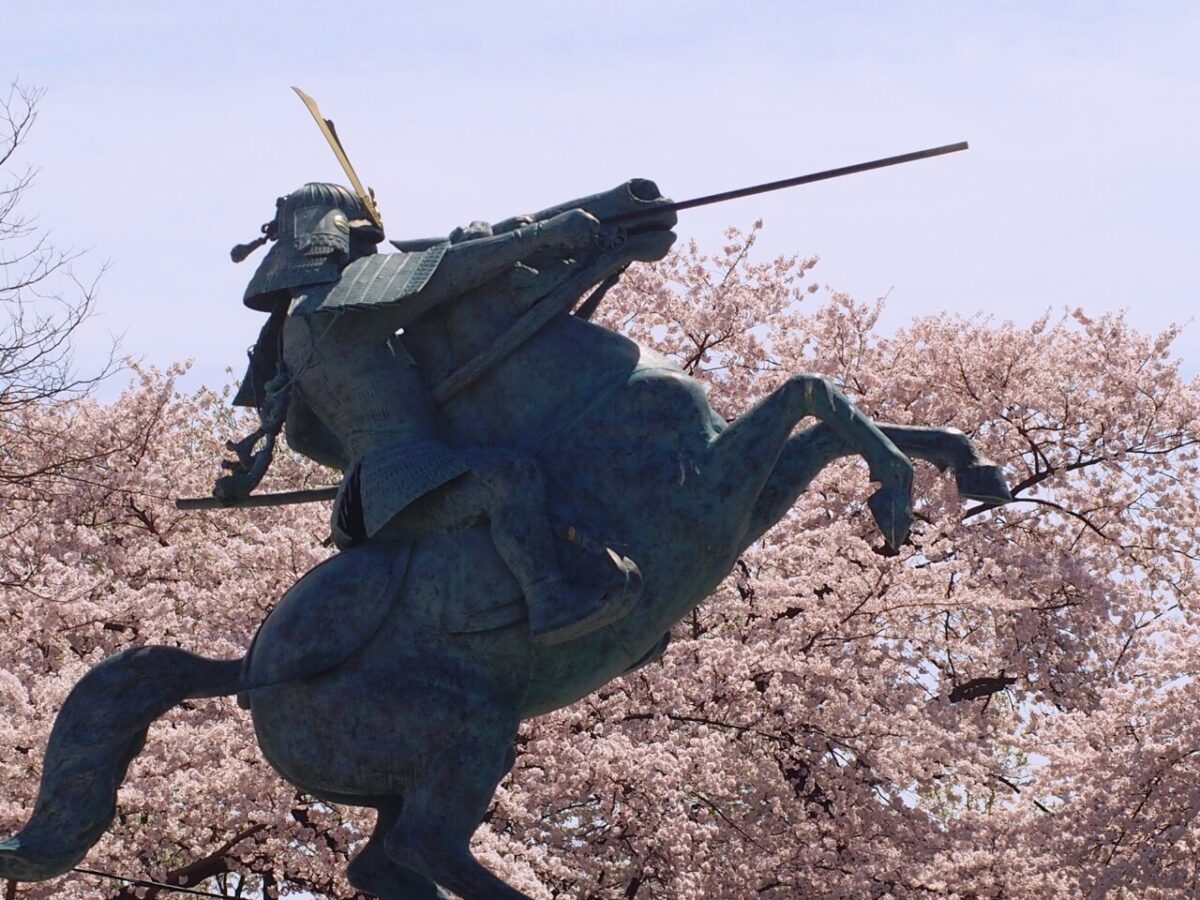
Onsen
Because Japan is located on the Ring of Fire, there are many naturally occurring hot springs in the country. Besides bringing relaxation, the natural minerals are said to help with many kinds of physical ailments such as skin issues, high blood pressure, and joint pain. While most onsen are gender-separated, there are also hot springs where everyone can bathe together.
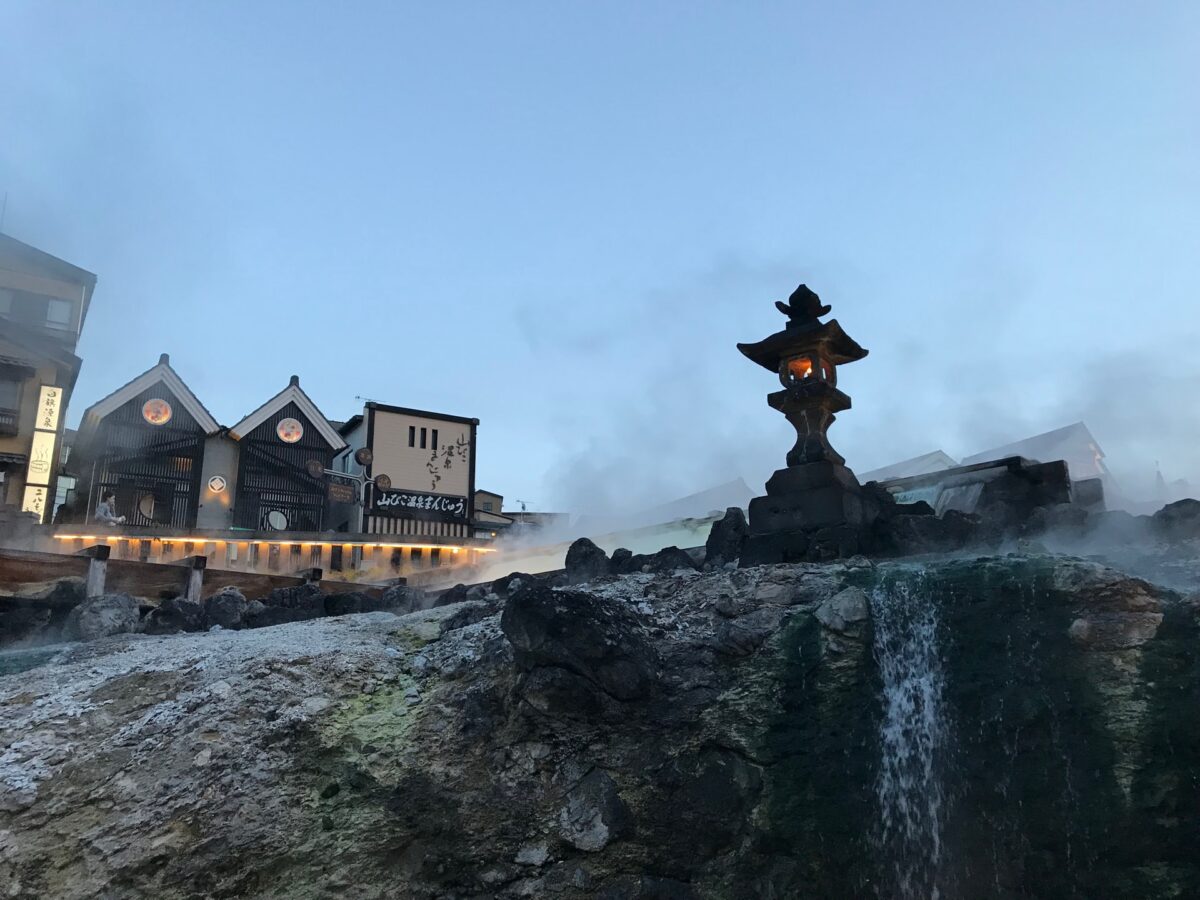
Temples and Shrines
While Japan’s two main religions Shinto and Buddhism don’t have a large impact on the daily life of most Japanese people, Buddhist temples and Shinto shrines can be found everywhere and are interesting places to visit. The architecture of both temples and shrines varies greatly, although there are some elements that you will see featured almost everywhere too like torii gates in front of Shinto shrines. Some of the most beautiful temples are the Kinkaku-ji (Golden Pavilion) in Kyoto and Sensoji in Tokyo, and in the shrine category there are the Fushimi Inari in Kyoto and the Meiji Shrine in Tokyo.
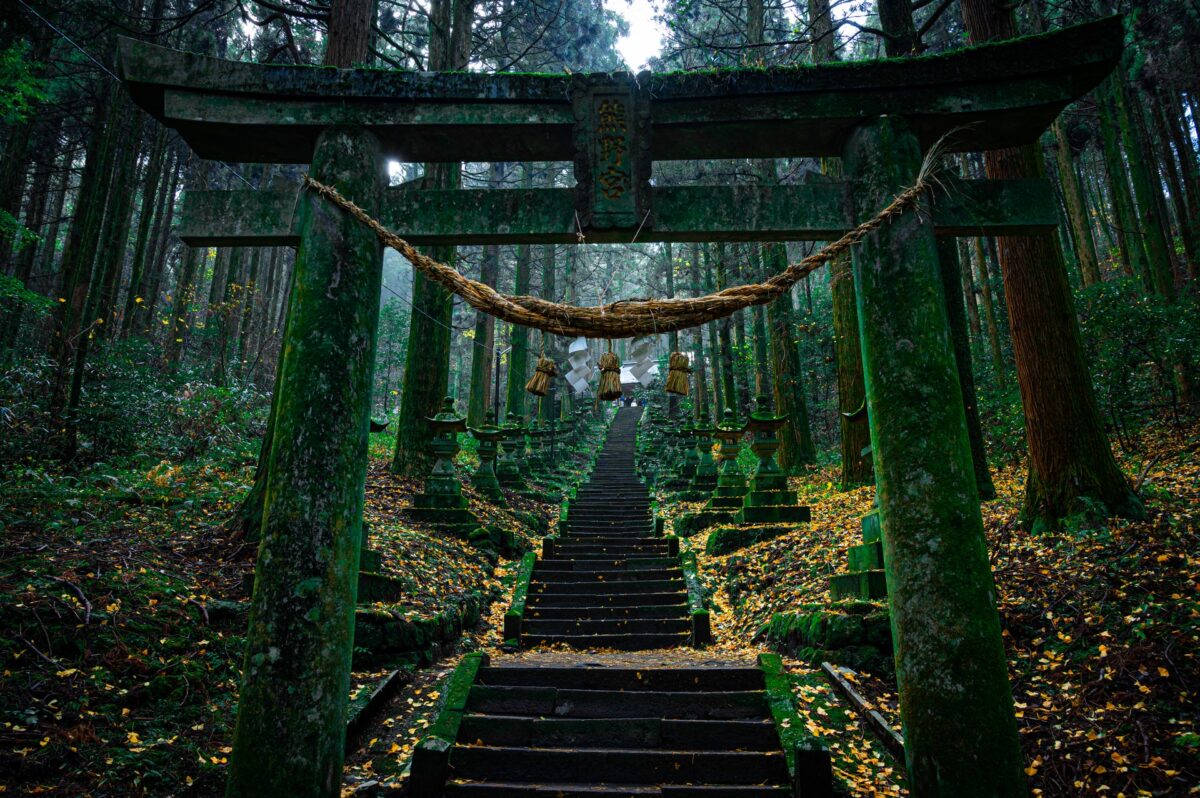
Kimono
Traditional Japanese clothing is called kimono, and even today there are still occasions for which people in Japan put on their best kimono. Summer festivals are popular places to wear a kimono. They come in a usually more sober winter version and a colorful light summer version (yukata). A fun experience is to wear a kimono while strolling around a nice area like Kyoto, Nara, Asakusa in Tokyo, Kamakura in Kanagawa, or Kanazawa in Ishikawa.
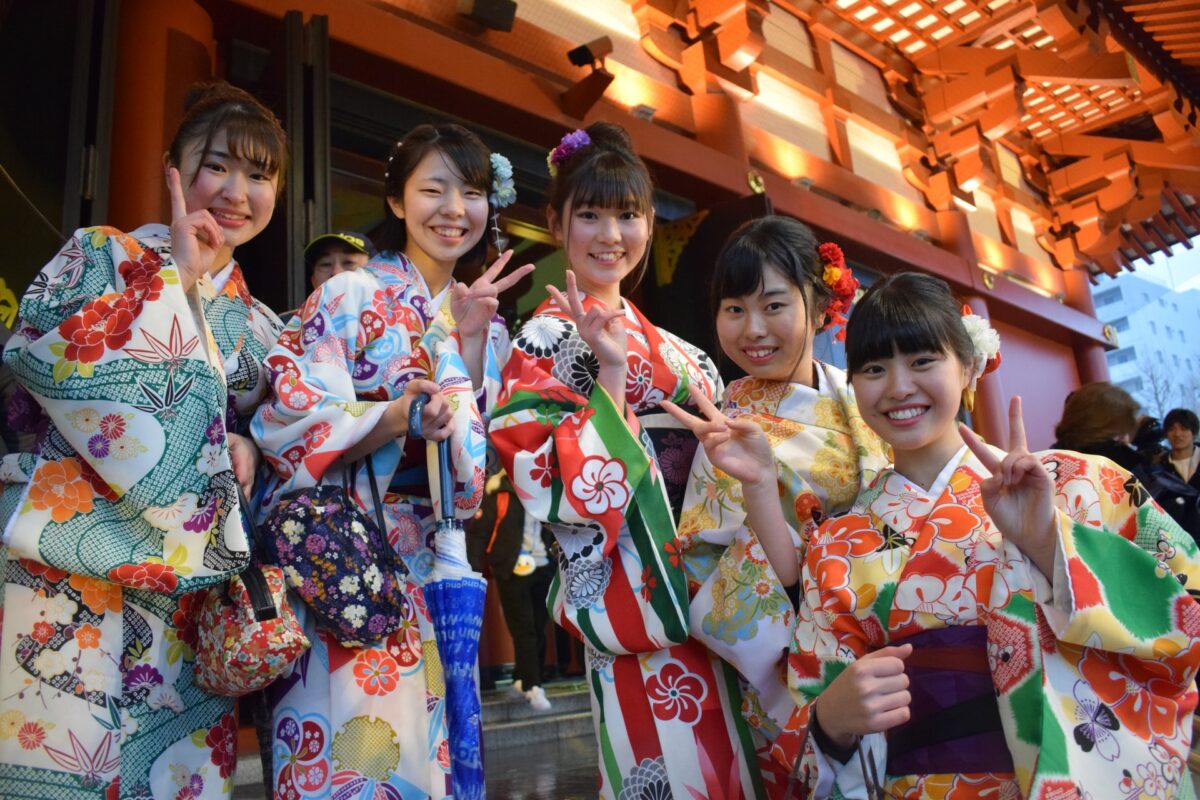
Kabuki
This traditional form of theater was once to entertain the masses with music, dance, and mime. The costumes and make-up are elaborate and steal the show that usually depicts a story from the Edo period where kabuki also has its roots. All actors are men, and usually they are born into a kabuki family. One kabuki show can easily last 3-4 hours which is often a bit long for foreign visitors, so they have a way to watch only a single act that lasts around 45 minutes and gives you a taste of this interesting form of theater. Tablets with translations and explanations are available for a small fee.
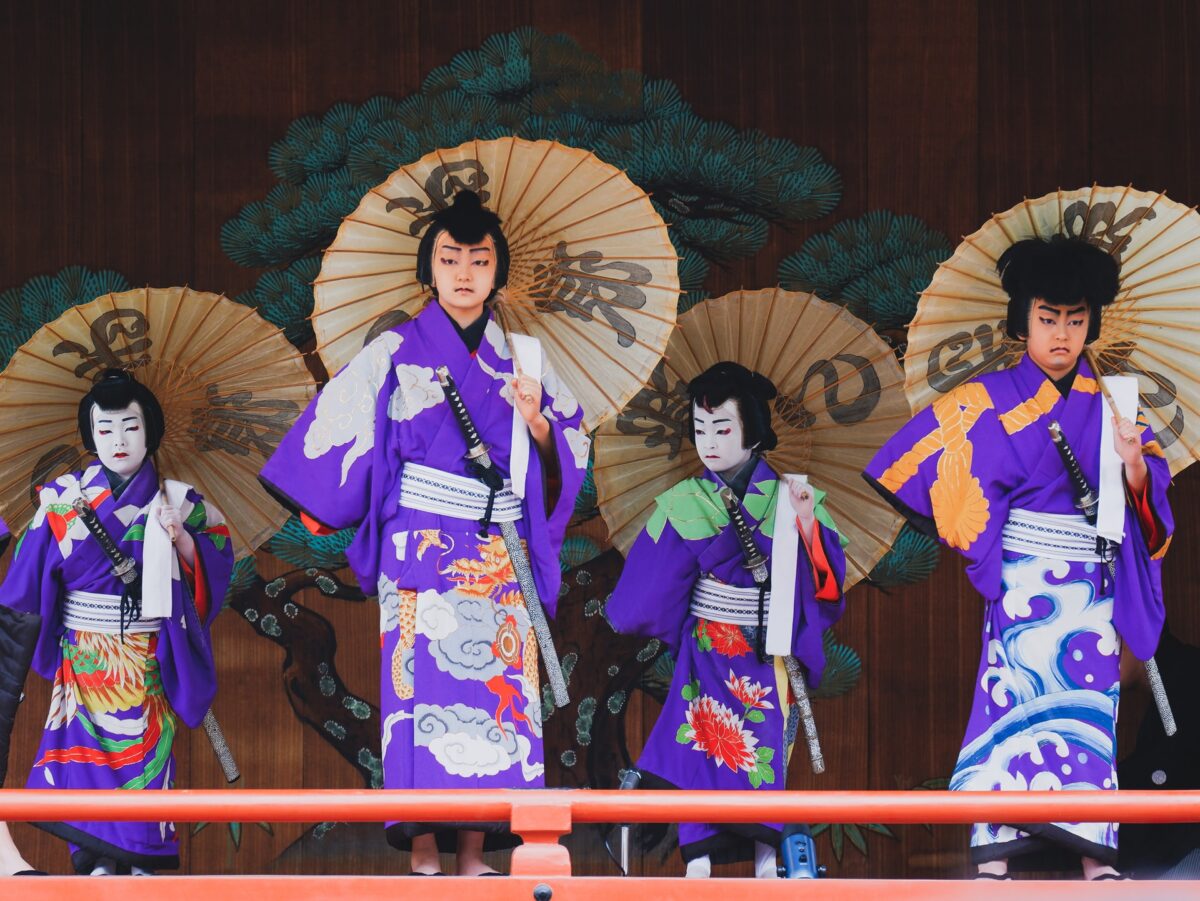
Anime, Manga and Games
Some of Japan’s most famous export products besides cars are the fascinating subcultures including anime, manga, and games. All over the world kids and adults are enjoying franchises such as Dragonball Z, Pokemon, ONE PIECE, and Super Mario, that were all Made in Japan. Coming to Japan makes it possible to experience these subcultures up close in neighborhoods like Akihabara and Nakano in Tokyo, and Nipponbashi in Osaka. There is even the international Manga Museum in Kyoto. You can find hundreds of stores selling all kinds of subculture goods with popular as well as rare items. There are also many themed cafes that take you into the world of a particular anime, manga, or game. Japan really is a wonderland for fans!
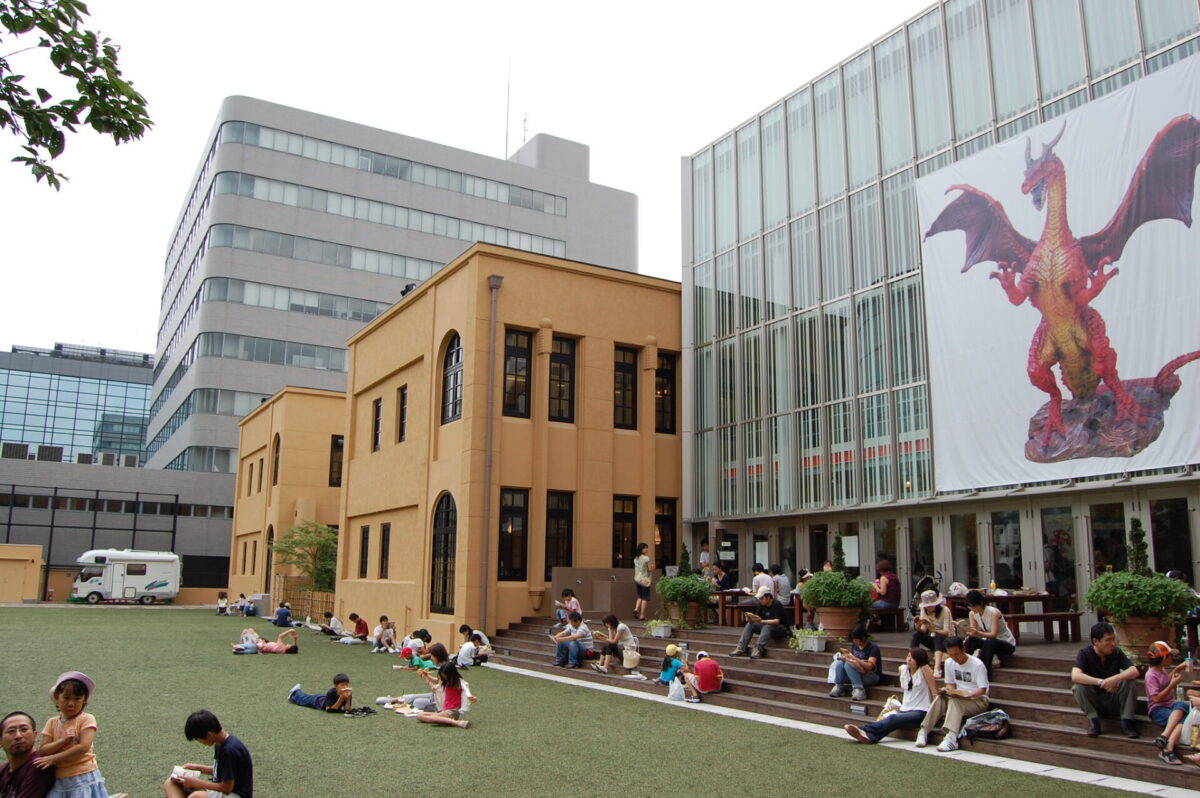
Recommended articles:
Fireworks Festivals
Summer doesn’t just mean warm weather, summer treats, and lush greenery, it also heralds the large fireworks festivals that are held all over Japan. Mostly held around weekends and national holidays, chances are that you can attend one if you come in the summer. Fireworks is one of the Japanese traditional arts that has succeeded since the Edo period. In Japan, it needs decades of experience to be a professional pyrotechnist. Thanks to the efforts, fireworks are outstandingly beautiful and sophisticated. Be ready for lots of tasty snacks, a good opportunity to wear a yukata, happy crowds, and amazing firework shows that last up to 90 minutes!
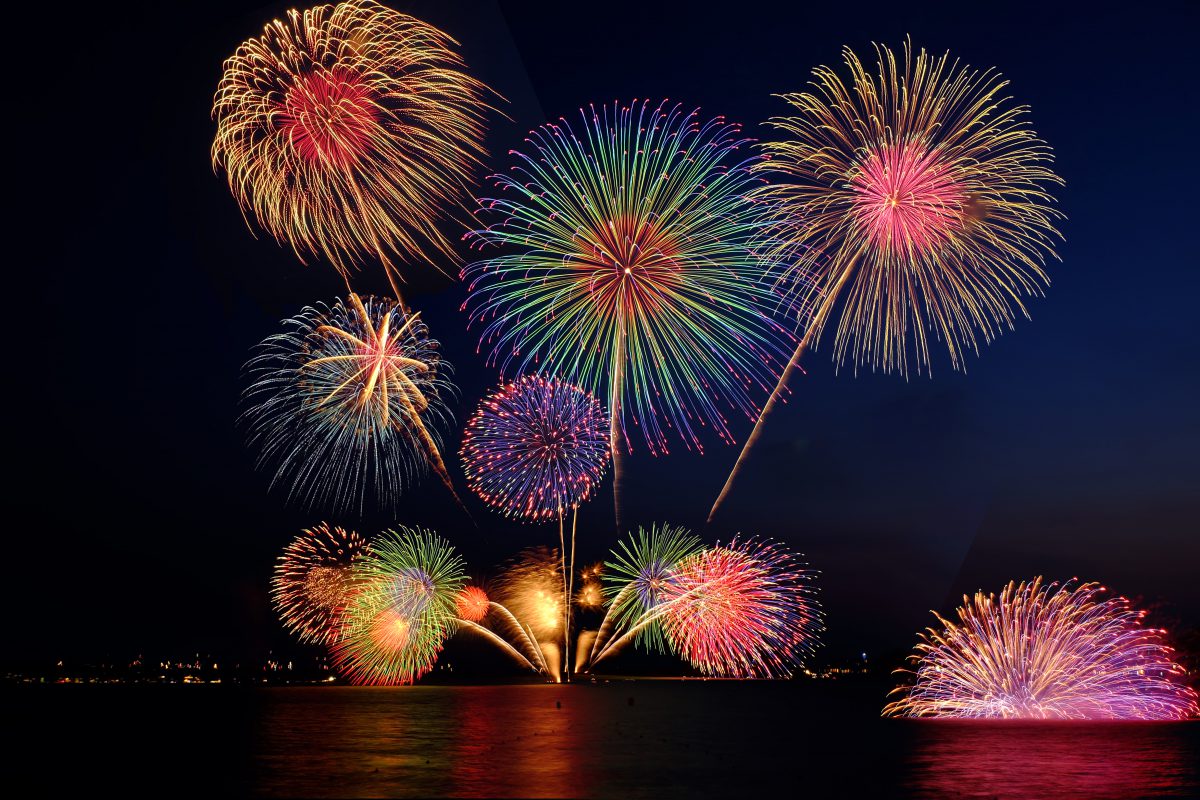
Mt Fuji
Being the symbol of Japan, Mt Fuji couldn’t be featured on a list of famous things from Japan. This perfectly-shaped volcano is extremely photogenic, especially in the winter when the top of the mountain is covered with snow. For some of the best views of Mt Fuji you should head to Kawaguchiko, where especially the image of Mt Fuji in conjunction with the Chureito Pagoda and cherry blossoms is very famous. If you want to climb Mt Fuji, you can do this between mid July and early September. Be aware that you need to be in decent physical shape to be able to complete the climb, as Mt Fuji’s summit is nearly 4km high.

Sakura (Cherry Blossoms)
Cherry blossoms may bloom in other places in the world as well, nowhere they are as celebrated as in Japan. People in Japan are hit with a special kind of nostalgia when the sakura blossoms start to bloom, and they want to take it all in by having a (boozy) picnic under the trees. This custom is called hanami, and it has been enjoyed since the Heian Period. The blooms appear at a slightly different time every year, so you’d better keep an eye on our cherry blossom forecast!
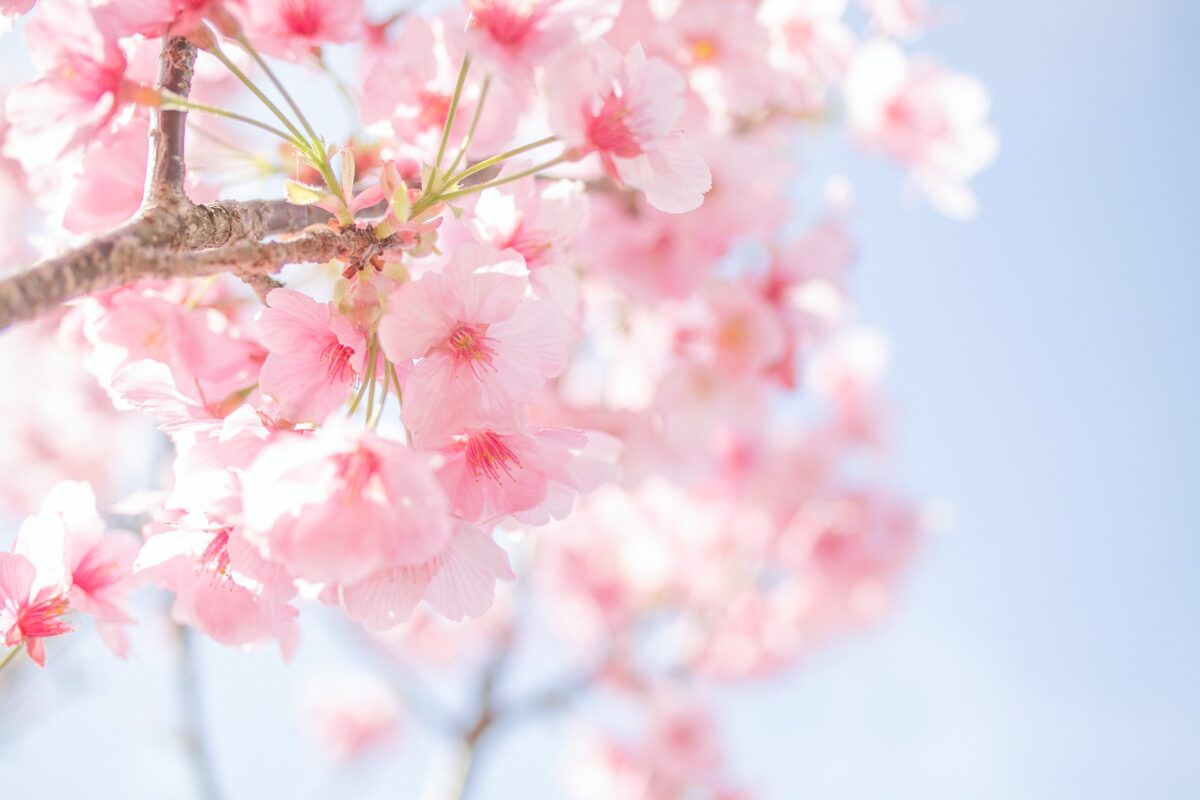
Autumn Leaves
Not only the cherry blossoms, but also the autumn leaves can count on special attention in Japan. Depending on the area, the leaves start turning between mid September and early December, and people come out in droves to enjoy the colorful spectacle and often comfortable temperatures. Certain mountainous areas are especially famous for beautiful autumn leaves like temples and shrines in Kyoto, Mt.Minoh in Osaka, in Nikko, Hakone, and Mt Takao. In addition to those areas, Japan is a sanctuary for cherry blossoms and autumn leaves, so you can enjoy them anywhere in Japan!

Sushi and Ramen
Japanese cuisine is among the best in the world, and 2 dishes in particular stand out. Both sushi and ramen are incredibly popular with Japanese locals as well as with international tourists. And this is no wonder, because sushi is beautiful to look at, has a lot of variations, and is made with the freshest ingredients, most notably fish. Ramen is a hearty bowl of noodles with a savory soup. There are many varieties of ramen, the most popular of which are tonkotsu ramen (based on pork broth) and shoyu ramen (based on soy sauce). You can even have Michelin-starred ramen for a very friendly price!

Sumo
There are several martial arts that originated in Japan such as karate, judo, and aikido, but the Japanese sport that appeals most to the imagination is sumo wrestling. It’s quite a mighty sight to see 2 very heavy men go at each other until one falls or is placed outside of the ring. The practice started out as a part of religious Shinto ceremonies, and now sumo still has many ceremonial parts incorporated. Grand tournaments are held 5 times per year and they last for 15 days each. Anyone can watch sumo matches, although interesting match days tend to sell out quickly. During non-tournament times, you can watch morning practices from up close in organized tours.
▼Tour to Sumo Stable and Watch Sumo Morning Training with audio guide!
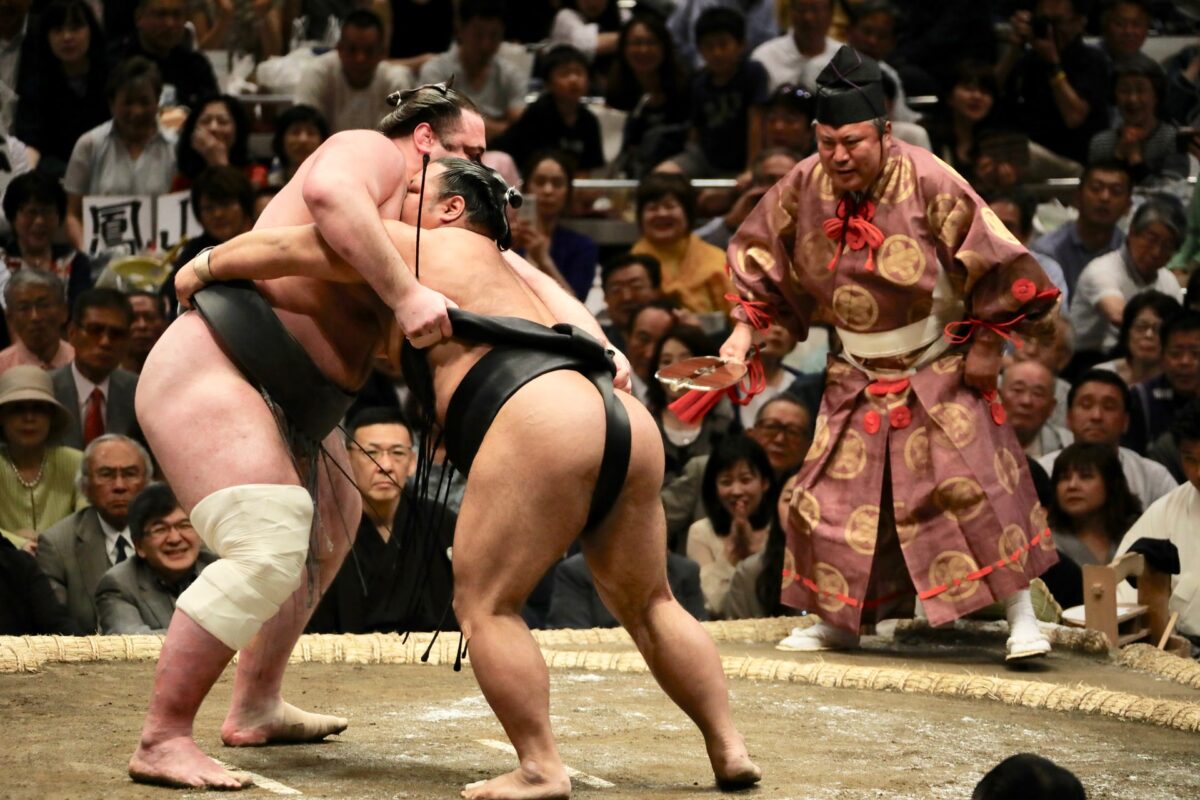
Shinkansen
The Japanese public transportation system is one of the best in the world, and the shinkansen is the pinnacle of this system. Always on time, super speedy, and very comfortable, taking a ride in the shinkansen is a breeze. If you’d drive from Tokyo to Kyoto you would take close to 6 hours if there are no traffic jams… but with the shinkansen you can get there within 2.5 hours. If you come to Japan as a tourist, you are eligible for a JR Pass which makes traveling by shinkansen much cheaper.

Sake
Japan is a sacred country for Sake, the traditional alcoholic beverages in Japan. Sake is made from water, rice, yeast and malted rice, and has long played an important role such as in the sacred ceremonies and meals in history. Surprisingly, it’s said that there are more than 10,000 Sake brands. Japan is the home of Sake, so when you come to Japan, try some of the recommended Sake at an izakaya or Japanese bar!
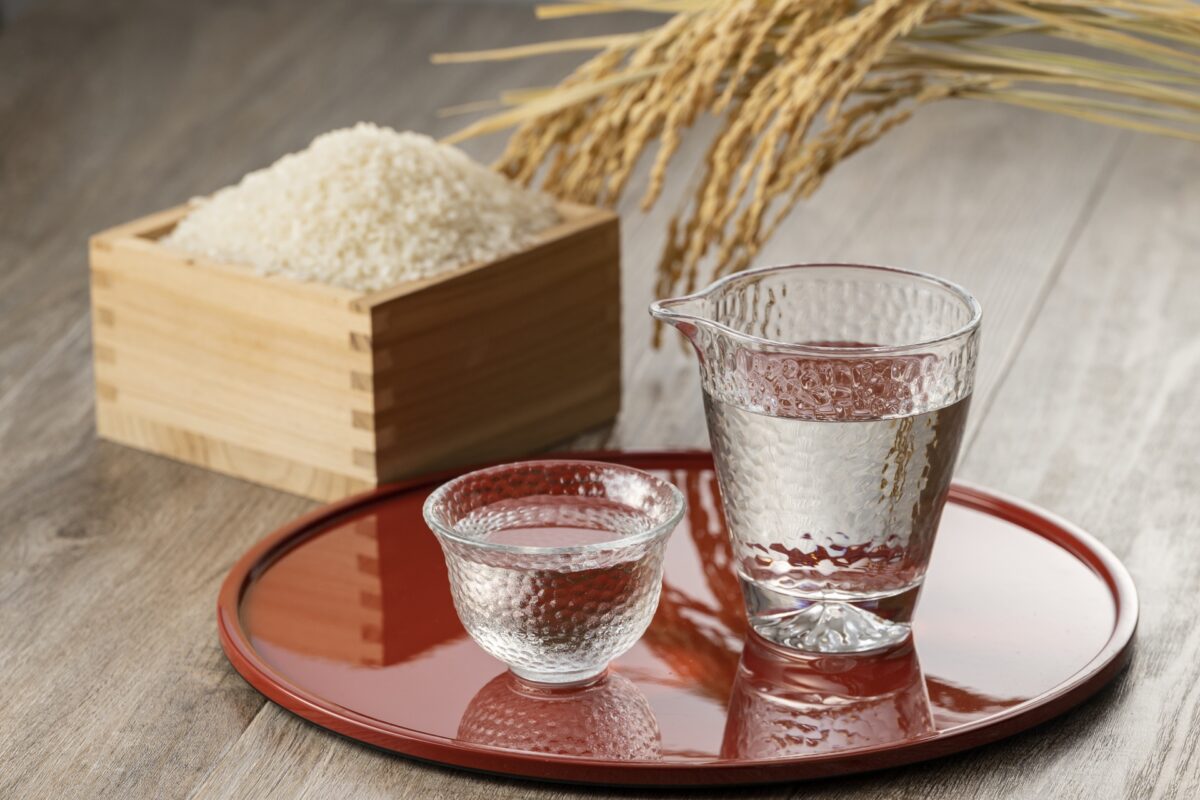
Traveling to Japan
When you travel to Japan, you want to make sure that you plan all kinds of fun activities and don’t miss out on anything. Also if you want to see and experience as many famous things as possible, booking good tours will help you a lot! We offer a range of private tours and activities with fun and experienced guides who can’t wait to show you all the most interesting and cool places that Japan has to offer. Whether you go to Tokyo, Kyoto, Osaka, Nara, Hiroshima, or other cities in Japan, we have got you covered! Also if you are looking for a special experience like a food tour or a tour in the recovering disaster area in Fukushima, we have a tour for you.
Follow us on Instagram, Facebook and Twitter for more travel inspiration. Or tag us to get featured!
Happy travelling!
Other articles you might be interested in

Stefanie Akkerman moved from the Netherlands to Japan in 2013 with her Japanese husband and son. She jumped into the niche of Dutch tour guiding in Tokyo and Kamakura in 2015 and occasionally writes articles about all the great sights and activities Japan has to offer. She loves (Japanese) food, and to work that all off she goes diving, snorkeling, cycling, or hiking.
This post may contain some affiliate links. When you click through and make a purchase we may receive some commission, at no extra cost to you.




